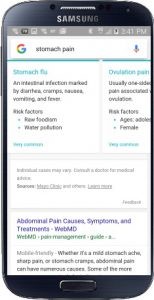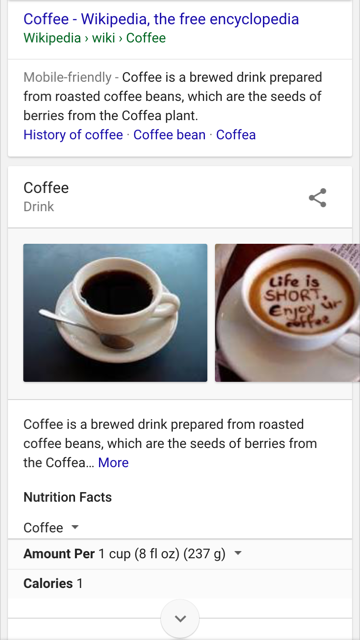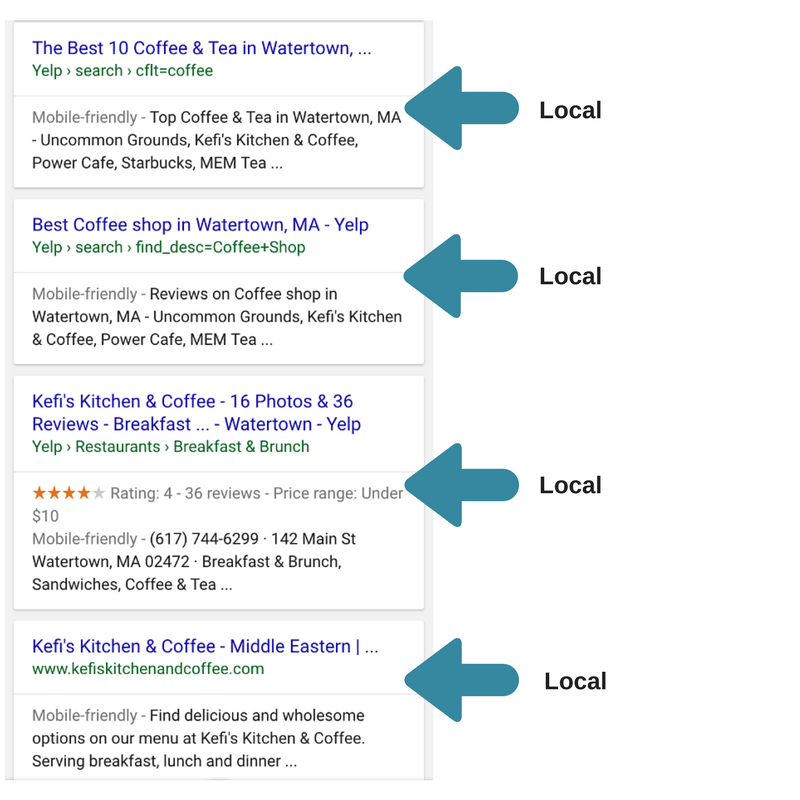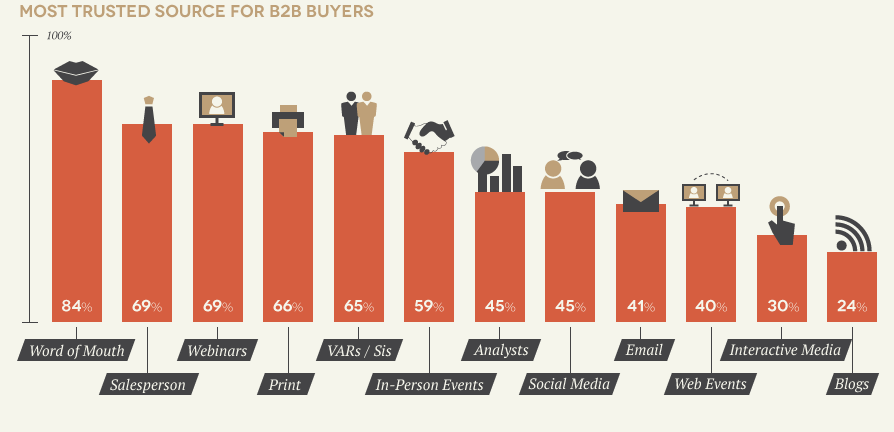by Charles River Interactive | June 28, 2016 | Organic Search, Uncategorized
The search world is buzzing with the release of Google’s newest feature, symptom search. Currently available on mobile devices, this feature provides users with general information and a selection of possible conditions that fit the symptom. The intent is to make it easier for users, and help them “quickly get to the point where you can do more in-depth research on the web or talk to a health professional.”
What Does This Mean for Organic Search?
Since this feature just rolled out, it is not yet known what the impact is on SEO. For healthcare provider’s websites, this has the potential to be a favorable development.
Consider this: Your child wakes in the morning with stomach pains. Rather than spending time searching through sites laden with medical terminology and driving you to terrifying possibilities, you search in Google for an individual symptom such as “stomach pain” brings up a brief summary of the symptom.
Scroll down a little further and you will find the symptom cards with possible conditions that may be causing this. As you look through the cards, you hit upon one that fits your child’s complaints. Clicking upon the symptom card brings up the health conditions knowledge graph with more detailed information, followed by organic search results related to the condition.
Narrowing things down in this manner can lead a user more quickly to a physician or hospital website where treatment is offered. While this change does affect the visibility of organic search results, it provides a better user experience which has been a primary focus for Google over the past year or more. For website owners, the positive aspect is that users who follow this path to arrive at their website will be more qualified and engaged.
Filtering out individuals conducting top of funnel research (think students writing a research paper), visitors arriving at your site after completing a symptom search are more likely to request an appointment or contact you for additional information.
For individual websites, there is not much that can be done to influence the symptom search results. However, ensuring that your site ranks well through use of structured markup, relevant content, and clear user paths to make an appointment and gather additional information will help attract these qualified visitors.
Interested in learning more in SEO trends? Read more from our blog, View from the Charles:
How Does the New Google Ad Layout Impact SEO?
SEO Tactics that work for Pharmaceutical Companies
Want more information? Get more details on Charles River Interactive’s SEO and PPC service offerings or contact us today.
by Charles River Interactive | June 27, 2016 | Organic Search
It’s 6 a.m. on Monday morning and I have one thing on my mind: coffee. So I grab my cell phone and search the query “coffee.” Google doesn’t necessarily know my intent is behind the query, but it will make an assumption about what I’m trying to find.
Google Hummingbird and Semantic Search
Google’s algorithm is programmed to not only know what you are searching for, but why you are searching for it. In August 2013, Google launched an algorithm update called Hummingbird, which changed the future of SEO. Hummingbird focused on semantic search. It sought to improve search accuracy by understanding the searcher’s intent.
We’ve come a long way since Hummingbird. Google has the ability to uncover a searcher’s intent through a number of factors such as:
- Trending topics
- Geographical location
- The query itself
- The user’s search history
- And many other factors
You also may recall the Google Pigeon update, which first launched in July 2014 and strived to provide more accurate local search results. Google stated that the goal of Pigeon was to create closer ties between the local algorithm and the core algorithm. Ever since the rollout of Pigeon, location-based searches have become an essential component of SEO efforts.
Local Search and User Intent
When I ran my coffee search on my mobile phone, the top results were all local search results, as you can see in the screenshot. (I also ran this test logged out and came up with the same results). Google assumed I was looking for the closest place to my home to get coffee, and it was right.

If we look a bit deeper at the search results, we see that Google has me covered in other ways. As I scroll down the page, other results include: 
- Wikipedia: It’s the top traditional (non-local) organic result for coffee. So if I actually wanted to know where coffee comes from or its history, I have the top web resource for information.
- Knowledge graph: Google is also showing me the knowledge cards for coffee, just in case I wanted to know how many calories are in a cup.
Positions 2 through 5 are traditional (non-local) results, but when you look more closely, you notice they actually are local results:
- Yelp: Yelp is ranking in positions 2 and 3 for “best coffee and tea in Watertown” and “best coffee shop in Watertown.”
- Local vendor site: Kefi’s Kitchen and Coffee, a local shop in Watertown, holds the no. 4 and 5 spots, for its Yelp page and website. This speaks to the power of local search, and specifically user intent via location. Based on my location and device, Google has determined these results as the most suited to what my intent is with the search for “coffee.”
The bottom line: Information about coffee couldn’t be more accessible to me. So I can get my answer even faster, without having to click into a website. This goes back to Google’s mission to provide users with the most accurate information possible in the quickest manner.

How Location-Based Search Changes With You
What would my search results look like if I were in a completely different location? There are several ways to manipulate your search results for a specific location, but I’ll give you the two easiest ways:
- I Search From: A site that gives you the Google results of the city and state you provide and allows you to select the device you’re using.
- AdWords Ad Preview and Diagnosis: Another tool that can help you preview search results in a different location or on a different device is the Google tool.
The Future of Location-Based Search
The search landscape is continuing to evolve. Local search is becoming more and more relevant in the search landscape. Search engines know who you are, where you are and what device you are using. You will be served results accordingly.
Here are some takeaways:
- Optimize for local search results: It’s clear local businesses that rank well organically on broader terms like “coffee” are doing so because of Google’s emphasis on serving up localized results. In most cases, the name of the city is featured in the title tag, which is a key indicator to Google of where the business is located.
- Don’t Worry Too Much About Rankings: Remember that search results will be different depending on what location you are in, so don’t put too much emphasis on where you are ranking. Instead, just be sure you are getting in front of the right people.
Want more information? Get more details on Charles River Interactive’s SEO and PPC service offerings or contact us today.
by Charles River Interactive | June 13, 2016 | Industry Trends, Uncategorized
What is Google Alerts?
Google Alerts is a content change detection and notification service, offered by the search engine company Google. The service sends emails to the user when it finds new results—such as web pages, newspaper articles, blogs, or scientific research—that match the user’s search term(s). It’s a really powerful tool to keep track of trends, interesting topics, or anything really new that appears on the web.
What Triggers a Google Alert?
A google alert is triggered when something is indexed by Google on a given subject or topic. Here are a few ways that happens:
- New blog posts are published.
- Significant content changes are made on a website and are detected and re-indexed in Google.
- A notable outside website publishes a blog post, writes a review or mentions the topic in an article.
- Press Release issued.
How can Google Alerts Help Your Business?
- Find Out Who’s Talking About Your Company. One of the best uses for Google Alerts is to keep track of how often people are talking about your Company on the web and what they’re saying.
- Track your products. Set Google Alerts to gather information on your products to stay informed on how your product is perceive in the marketplace. See who is reading and sharing your information.
- Stay ahead of your competition. Set alerts for businesses that have similar offerings. It’s good to know what is happening in the industry so you can stay fresh and current.
- Timely Client Research. Track activity for your top ten or twenty existing clients. This can give you valuable insight into what they’re up to, and also provide you with reasons to contact them.
- Follow a Trending Story, or Get a Snapshot of Events On Your Own Time Google Alerts lets you take control of the news stream and get up to speed on a specific topic when you’re ready. Tweak the search terms for the issue you’re following, and change the “How Often” to once a day for a simple digest.
More information on how to set up Google Alerts can be found here: https://support.google.com/alerts
Hopefully you find these tips useful so you can begin to fully leverage this amazing resource as another tool in your company’s marketing toolbox.
Want more information? Get more details on Charles River Interactive’s SEO and PPC service offerings or contact us today.
by Charles River Interactive | June 1, 2016 | Industry Trends, Uncategorized
As the digital landscape continues to develop into 2017, expectations of brand communications has evolved beyond single channels of discovery and consumption. Digital marketers are constantly seeking ways to optimize content, digital ads, and media channels to cut through the clutter, generate buzz, drive engagement, and influence actions. In fact, one-time viral marketing campaigns are quickly losing efficacy due to short-term engagement and lack of depth for ongoing social evolution. To survive in an era where the customer is king, brands must go beyond counting video views and focus on a much more important goal: turning customers into brand advocates.
What is a brand advocate?
Brand advocates are satisfied customers who believe in a brand’s products and services so much that they promote it to friends, colleagues, and peers. The also share brand content on social networks and protect brand reputations with positive perceptions. That’s not to mention they do it for free. A recent study by Influitive and Heinz Marketing suggests that:
- 84% of B2B decision makers start the buying process with a referral
- 82% of sales leaders say referrals are key to sales success
- 78% of marketers said that referrals have a higher conversion rate compared to any other type of lead.
Buyers trust recommendations from people they know, and in the digital age, word of mouth interactions are readily available through email, Facebook, LinkedIn, Reddit, and review forums. A strong referral program that builds emotional and behavioral connections with customers will not only help increase profit for brands, but will also drive higher customer lifetime value.

How can businesses leverage brand advocacy?
Businesses that develop strong brand advocacy or referral programs, spend less on advertising and create higher engagement through user-generated content. To be effective, brands should identify the specific reasons behind why people share content and then amplify them. For instance, Jonah Berger, an expert on word of mouth and social influence, recommends crafting content that makes consumers feel like exclusive insiders and in-the-know. In other words, consumers like to share information that makes them look good. Another way to motivate people to talk about a brand is creating memorable, immersive experiences for consumers. When interactivity is executed well, immersive experiences tap into consumer emotions, resulting in a stronger opportunity to connect in a meaningful way. After all, emotions drive people to take action. Lastly, businesses should promote and celebrate their brand advocates to show they are valued and appreciated. When consumers know they are valued, they become attached to the brand through trust.
Want more information? Get more details on Charles River Interactive’s SEO and PPC service offerings or contact us today.





